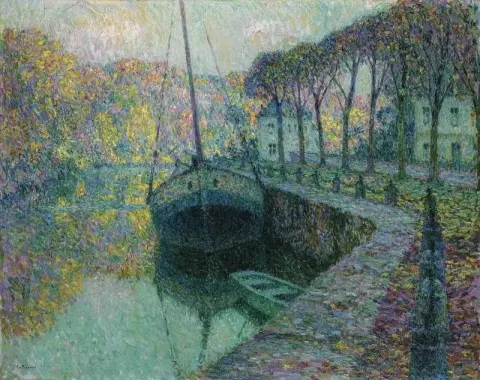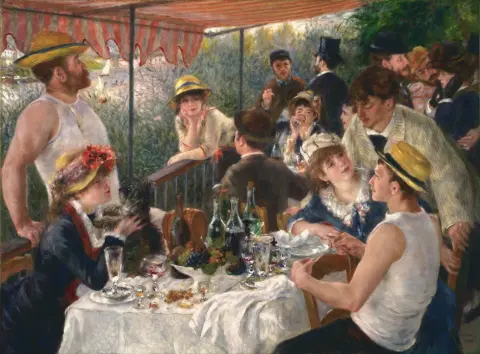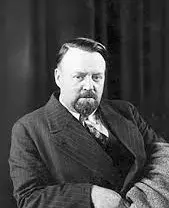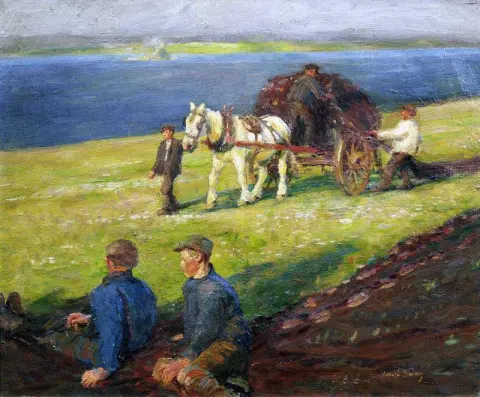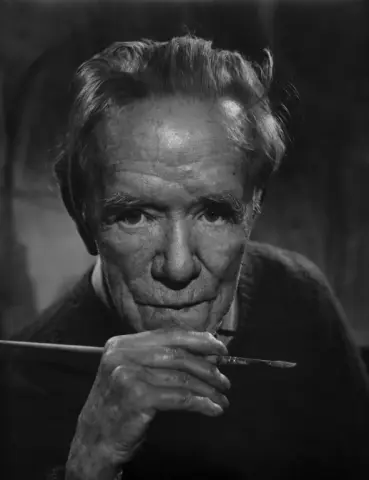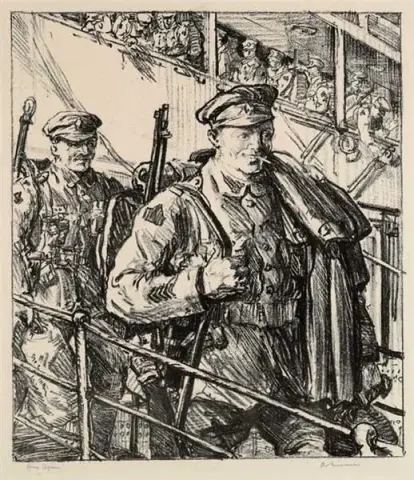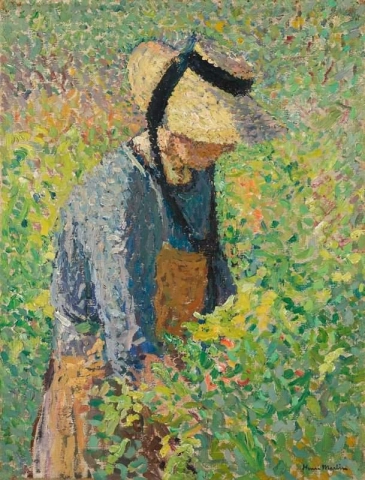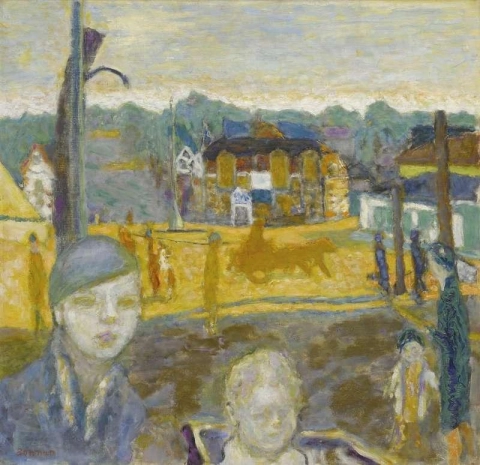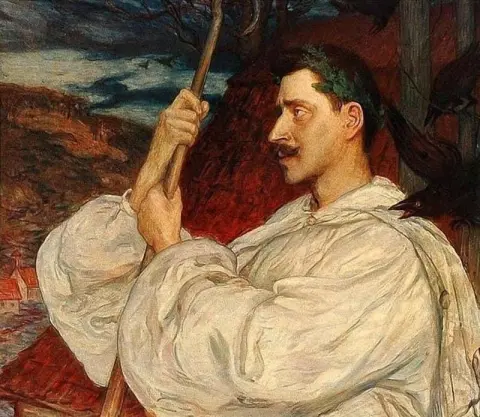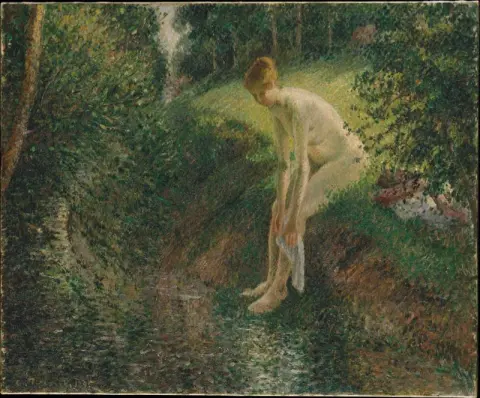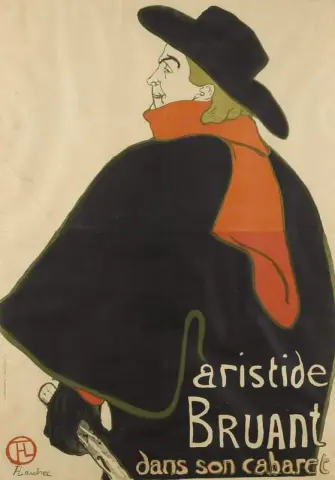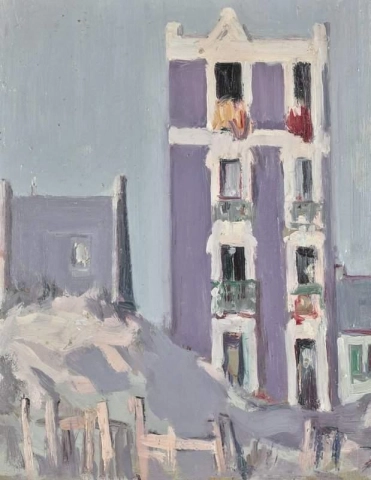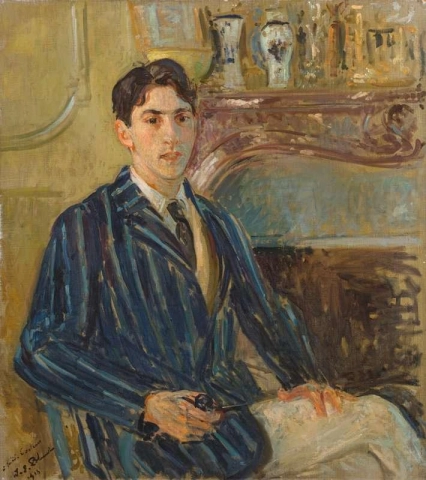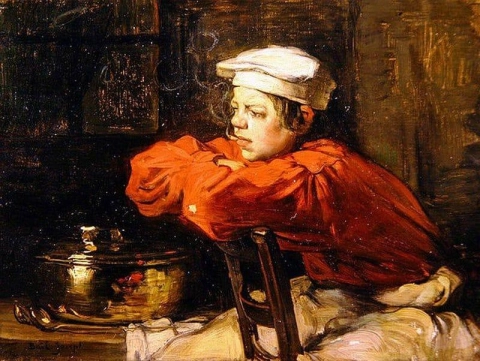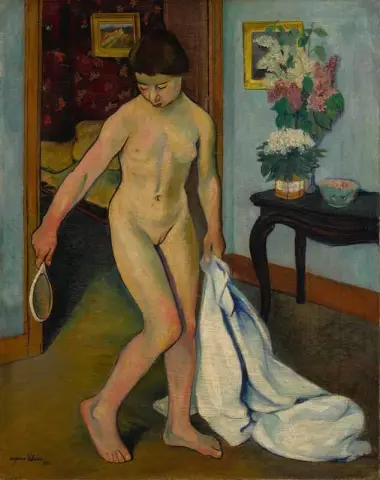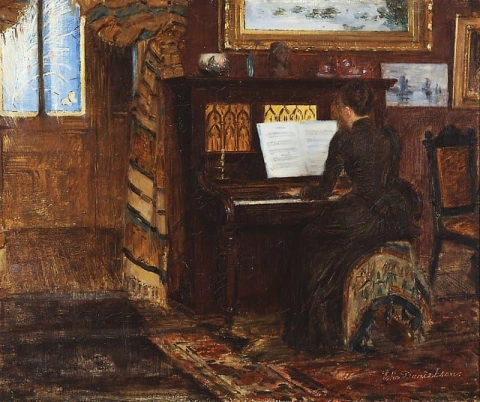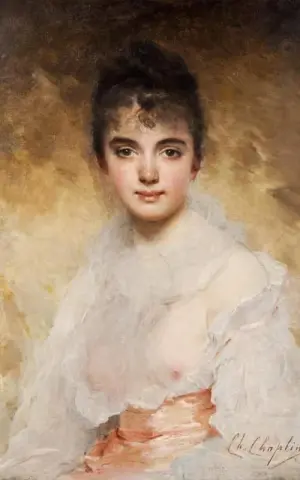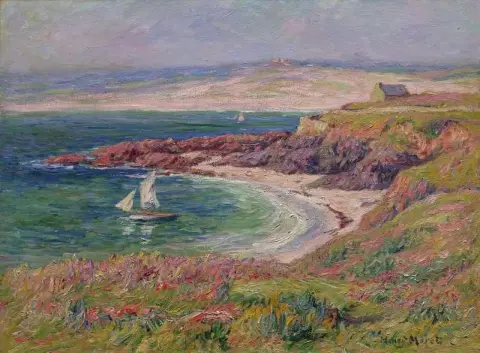Hand-painted painting reproductions - Movements - Post-Impressionism
Imagine owning a museum-worthy piece of art, created by the greatest artists in history and reproduced by passionate and experienced painters. At POD, we offer you the opportunity to make that dream a reality. We reproduce the works of art of your favorite painters from the Post-Impressionism art movement in the smallest details, so that you can enjoy them in your own home.
Our reproductions are made by experienced artists who use the best materials and techniques. We are committed to providing you with works of art of the highest quality, which will bring joy and inspiration to your family for generations to come.
Post-Impressionism: The Art of Inner Vision and Structural Mastery
The Breakaway from Impressionism
What happens when artists decide that capturing the moment is no longer enough? In the final decades of the 19th century, a new movement began to rise in response to the achievements and perceived limitations of Impressionism. While the Impressionists focused on fleeting light, atmosphere, and visual spontaneity, the painters who followed them sought to reintroduce structure, symbolism, and personal emotion into their work. This transition became known as Post-Impressionism.
Rather than forming a unified school or style, the artists associated with this movement shared a common desire: to move beyond surface appearances. They continued to use vibrant colors and visible brushwork but infused their compositions with psychological depth, spiritual questions, and a new interest in form. Their work not only challenged the rules of classical representation but also paved the way for modern and contemporary art as we know it today.
The Key Figures and Their Diverging Paths
Among the central figures of this period were Paul Cézanne, Vincent van Gogh, Paul Gauguin, and Georges Seurat. Each one brought a unique vision that expanded the language of painting in strikingly different ways.
Cézanne focused on order and geometry. He believed that all forms in nature could be reduced to the sphere, cone, and cylinder. In his landscapes and still lifes, he constructed compositions with careful, deliberate brushstrokes that gave mass and stability to his subjects. His work directly influenced Cubism and the abstract styles of the 20th century.
Van Gogh painted with raw emotional force. His thick, swirling brushstrokes and intense, often unnatural color schemes conveyed inner turmoil, loneliness, and spiritual longing. His works such as The Starry Night and Wheatfield with Crows go far beyond visual documentation. They are expressions of the soul.
Gauguin rejected urban life and European norms in favor of exoticism and symbolism. He painted with large flat areas of color, heavy outlines, and simplified shapes, inspired in part by the art of non-Western cultures. His time in Tahiti resulted in works filled with mythical, dreamlike qualities.
Seurat took a scientific approach. Through pointillism, he placed tiny dots of pure color next to each other, allowing the viewer’s eye to mix them optically. His work brought a sense of calm and balance that contrasted sharply with the expressive turbulence of van Gogh.
Although they often disagreed on technique and subject matter, these artists each pushed painting into new and uncharted territory. Their innovations laid the groundwork for Fauvism, Cubism, Expressionism, and the larger evolution of abstraction.
Common Threads and Distinct Goals
Would you say that capturing personal emotion is more powerful than copying reality? This was the key shift in mindset during this period. Where Impressionism focused on outward sensation, Post-Impressionism moved inward. Painters wanted to say something, not just show something.
There was also a return to the importance of composition. Shapes were emphasized. Colors were not always realistic, but emotionally effective. Artists moved away from the purely observational to the psychological and symbolic. This opened the door for the painter to be not only a recorder of the world, but an interpreter of it.
Their subjects included landscapes, still lifes, portraits, and allegories, but each was filtered through a distinct artistic lens. The goal was not imitation, but translation. Nature became form. Light became rhythm. Experience became emotion.
Influence on the Next Century
The shockwaves of Post-Impressionism can still be felt in every corner of modern and contemporary art. Cézanne is often called the “father of modern painting” due to his profound impact on artists like Picasso and Matisse. Van Gogh’s emotive power became the spiritual fuel for Expressionism. Gauguin’s abstraction and symbolism influenced the Surrealists and even modern graphic design. Seurat’s compositional discipline helped shape the Bauhaus and other design-based movements.
By daring to express the invisible—emotions, dreams, philosophy—these artists made it possible for painting to evolve far beyond realism. Their work challenged both critics and audiences to see art as a form of inquiry, not just decoration.
A Movement That Lives On
Do you already have a favorite artist from this period? If so, chances are their work has inspired countless others. From the swirling skies of van Gogh to the meditative still lifes of Cézanne, these paintings continue to draw admiration and influence. Museums around the world dedicate major exhibitions to this movement, and art students today still study its principles as a foundation for creativity.
Whether you are an art lover, a student, or someone simply searching for a piece that speaks to the soul, the legacy of this movement offers endless inspiration.
Bring Post-Impressionist Art Into Your Life
Would you like to live with a work of art that captures emotion, thought, and timeless beauty? At Painting On Demand, our collection of handmade oil painting reproductions includes the most iconic works from this important movement. Each canvas is recreated by skilled artists who respect the color, composition, and energy of the original.
You’ll find selections from Cézanne, Gauguin, Seurat, and van Gogh in our dedicated Post-Impressionism collection. Whether you're decorating a gallery wall, an office, or a personal space, these reproductions bring lasting elegance and meaning.
Explore the collection today and connect with an artistic legacy that continues to redefine how we see the world.

